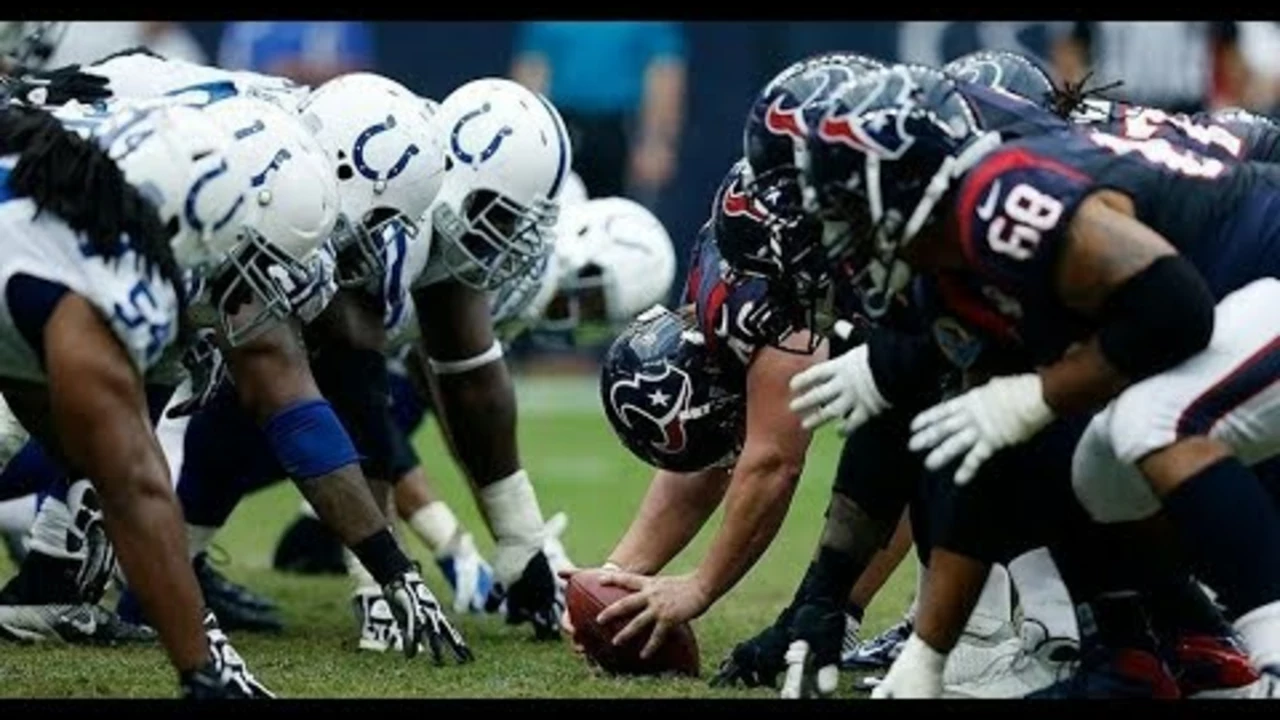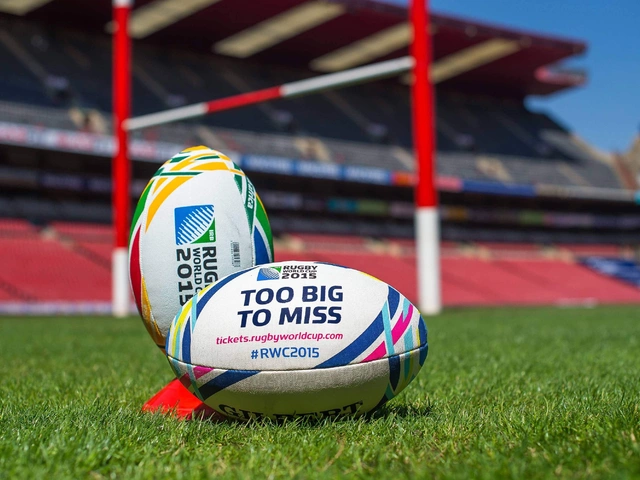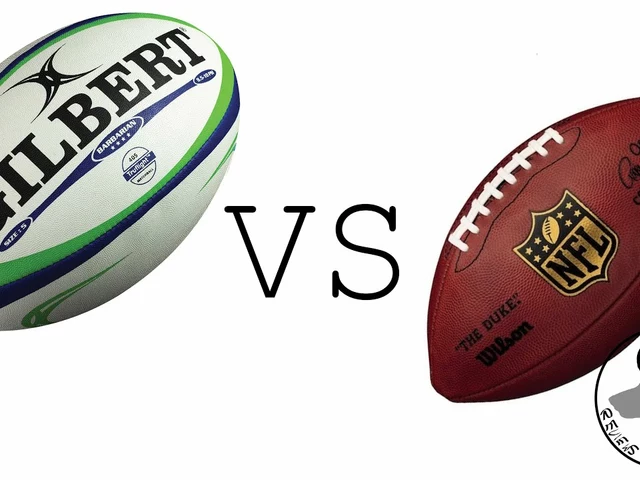American Football vs Rugby: Which Sport Is Better?
If you’ve ever wondered whether the helmet‑clad clash of American football or the nonstop action of rugby is more your speed, you’re not alone. Both games pack a punch, but they differ in ways that affect how you watch, play, and feel about the sport.
Gameplay and Flow
American football is a stop‑and‑go game. Each play starts with a snap, then players have a few seconds to run a set pattern before the whistle blows. That structure creates big, dramatic moments but also a lot of pauses. Rugby, on the other hand, flows continuously. Once the ball is in play, it stays alive until a penalty, touch, or a forward pass stops it. That nonstop motion means you’re always in the middle of the action, and fatigue builds quickly for everyone on the field.
Scoring also tells a story. In football, a touchdown is worth six points, plus an extra point or a two‑point conversion. Field goals add three. Rugby awards five points for a try, two for a conversion, and three for penalties or drop goals. The spread of points in rugby can make a game feel tighter, while football’s big scores can swing momentum dramatically.
Gear, Safety and Physicality
One of the biggest visual differences is the gear. Football players wear helmets, shoulder pads, thigh pads, and more. This armor protects against high‑impact collisions but also changes how players move—they’re built for short bursts and set pieces. Rugby players wear almost nothing: a mouthguard, maybe a soft headband, and a light jersey. The lack of heavy padding means tackles are lower and the game feels more “raw,” but it also puts a premium on technique to avoid injury.
Both sports are tough, but the nature of the contact varies. Football’s hits are often high‑speed and involve large blocks that can take a player out for a play. Rugby’s tackles are more about wrapping and driving forward, demanding endurance and timing. If you love the strategic chess‑like feel of blocking schemes, football might win you over. If you prefer constant movement and the challenge of tackling without the cushion of pads, rugby is your jam.
Fan culture adds another layer. Football crowds roar for every big play, and the halftime show is a spectacle all its own. Rugby fans chant continuously, creating an almost tribal atmosphere that never really stops. Both experiences are loud, passionate, and can turn any weekend into a party.
When it comes to watching at home, football offers a neatly packaged schedule: one game per week, predictable start times, and plenty of commentary. Rugby’s leagues run year‑round with multiple games a week, giving you more content but also demanding a bit more time to keep up.
So which sport is better? It comes down to what you value. Want high‑impact, strategy‑heavy plays with massive production? Grab a football. Crave nonstop action, fitness challenges, and a raw feel? Rugby’s calling. Both have loyal fans for a reason, and both deliver excitement in their own style.
Try watching a game of each side by side. Notice the pace, the physical demands, the crowd energy. You’ll see that “better” isn’t a universal label—it’s personal. Whatever you pick, you’re in for a thrilling ride.

Which is the better sport: American football or rugby?
After a deep dive into the world of sports, I've come to realize that choosing between American football and rugby isn't as straightforward as it seems. Both have their unique appeals: American football, with its strategic play and high-octane action, and rugby, with its continuous gameplay and intense physicality. However, the "better" sport really depends on personal preference. Some might love the armored gladiatorial feel of American football, while others might favor the raw, unarmored tenacity of rugby. My conclusion is there's no definitive winner - it's all about what resonates with you.
Jul 25 2023




